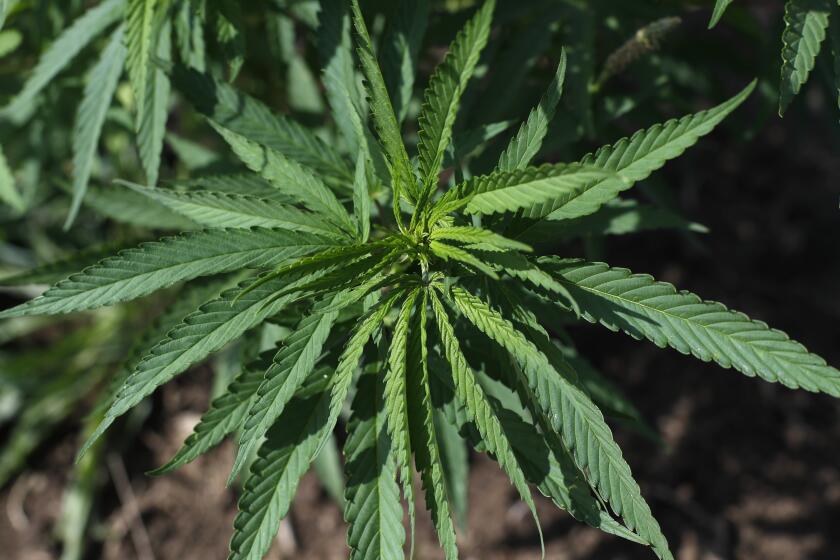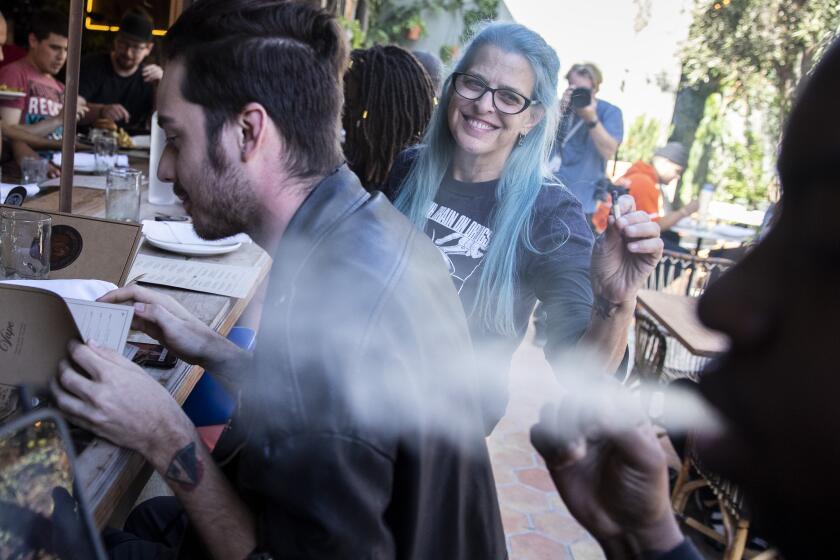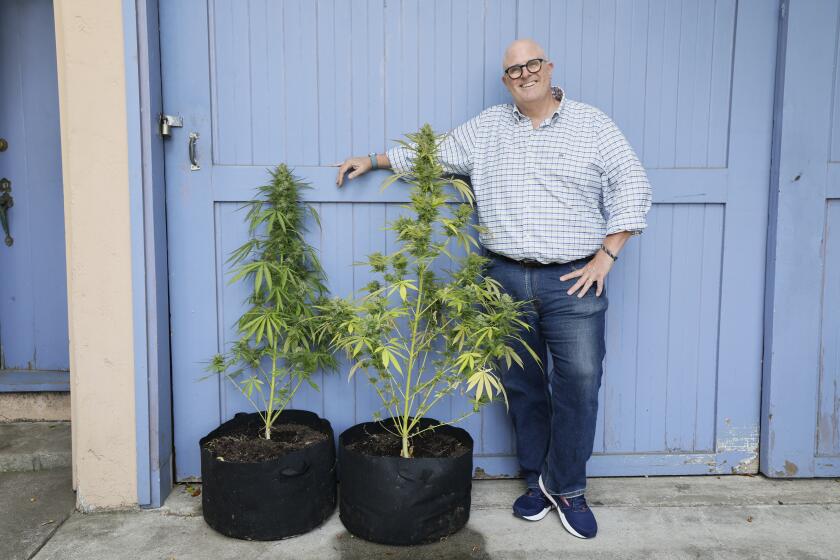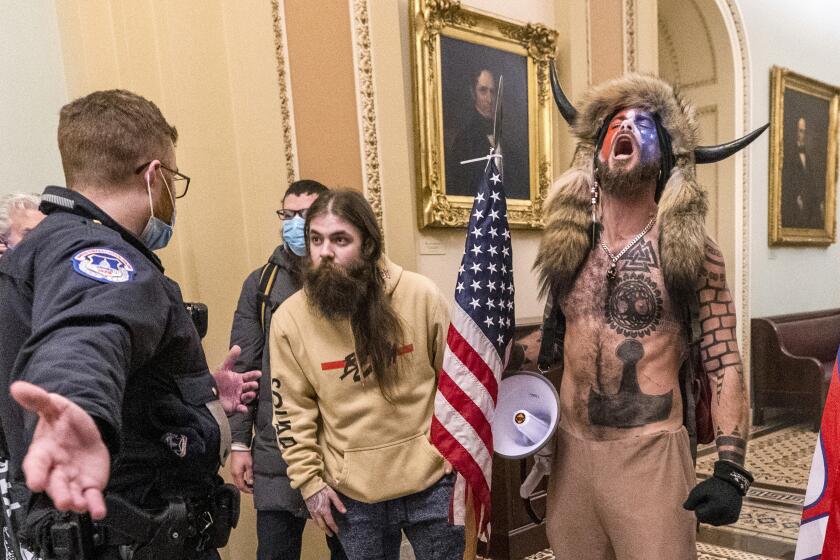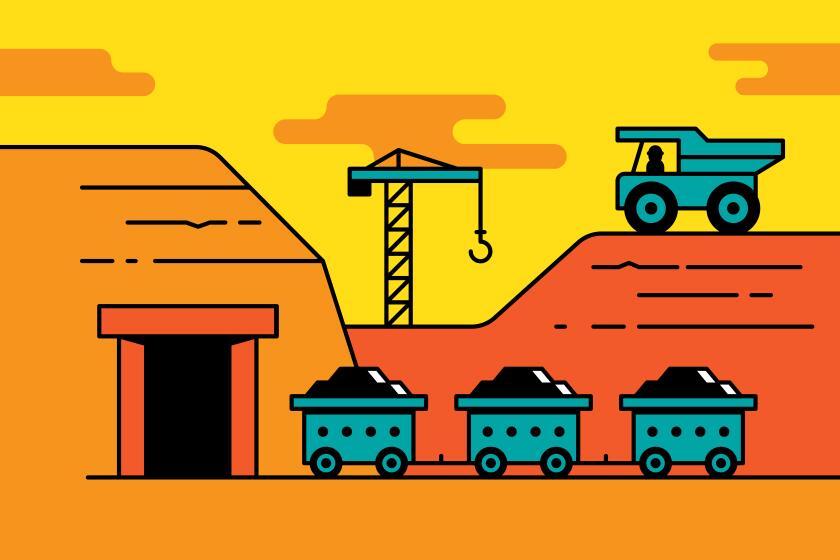Cocaine Use on Rise, U.S. Survey Finds : Drugs: Related emergency room visits also jumped, especially among those 35 and older.
Amid stepped-up efforts in the Bush Administration’s war on drugs, the number of Americans using cocaine rose to 1.9 million this year from 1.6 million in 1990, the National Household Survey on Drug Abuse reported Wednesday.
In another blow to progress against illicit narcotics, drug-related hospital emergency room visits jumped 12% from the last quarter of 1990 to the second quarter of this year--the latest period for which statistics were available--federal authorities said.
At the same time, the survey showed that overall drug use, led by a sharp drop in the number of adolescent users, fell to 6.2 million from 6.4 million last year. Conducted from March to June, the survey found the number of adolescent users dropped to 1.4 million in 1991 from 1.6 million last year.
Bob Martinez, director of the federal anti-drug effort, said that overall drug use “did not decline as much as we had hoped it would.”
In an unexpected development, drug use by those 35 and older--as measured by the survey and emergency room episodes--increased, especially use of cocaine and marijuana.
“This dramatically points out one of the sad lessons of the drug war: once you start to use drugs, it’s very hard to get off and stay off,” Martinez said in comments to be delivered today when the survey results are to be officially announced.
Martinez said that the older drug users “would seem to be a group of individuals gradually moving through the population--the so-called cohort effect. They may also very well be former drug users who are relapsing.”
Bill Smith, Martinez’ chief of staff, said that he is “not worried” that the “bad news” portion of the household survey and the Drug Abuse Warning Network’s emergency room data will hurt President Bush’s reelection chances.
Citing the decreases in numbers of users ages 12 to 17 and the priority that Bush has given anti-drug programs, Smith said: “I think he’s bulletproof on it.” He said that no other domestic effort has been given greater priority and that anti-drug spending has risen 82% since Bush took office.
But Rep. Charles B. Rangel (D-N.Y.), chairman of the House Select Committee on Narcotics, said the figures “indicate that we are not turning the corner on the drug problem, as the Administration has been saying for the last year.
“We have a serious drug problem, and whether it’s old users or new users, we don’t have policies in place that adequately address the problem, particularly among those hard-core drug abusers that Gov. Martinez admits are hardest to attack,” Rangel said.
The data “strongly suggest” that progress against frequent or hard-core drug use is growing more difficult with inner-city and minority individuals, Martinez said in a statement issued by his office.
As for any link to the nation’s economic weakness, the household survey showed a drop in the number of employed people who used drugs in the previous month from 8.4 million in 1990 to 7.5 million this year, while the number of out-of-work drug users jumped from 2.9 million to 3.8 million.
Both Martinez, in his prepared comments, and Smith, in an interview, said that those figures indicate that employed drug users had lost their jobs rather than that those out of work had turned to drugs.
“When businesses are interested in maximizing productivity and competitiveness, they keep productive people around,” Martinez said. “They let unproductive people go.”
Smith acknowledged that there is no statistical support for the conclusion but said it is “a plausible theory.”
Martinez said that he does not believe the increase in drug-related emergency room episodes “indicates a resurgence of illicit drug use so much as the consequences of long-term heavy drug use. Users who began their involvement with drugs several years ago--at the peak of cocaine use--are now getting into trouble.”
Martinez said that the “good news” of the survey is the decrease in the use of any illicit drug by adolescents, which has dropped 25% since 1988.
More to Read
Sign up for Essential California
The most important California stories and recommendations in your inbox every morning.
You may occasionally receive promotional content from the Los Angeles Times.



